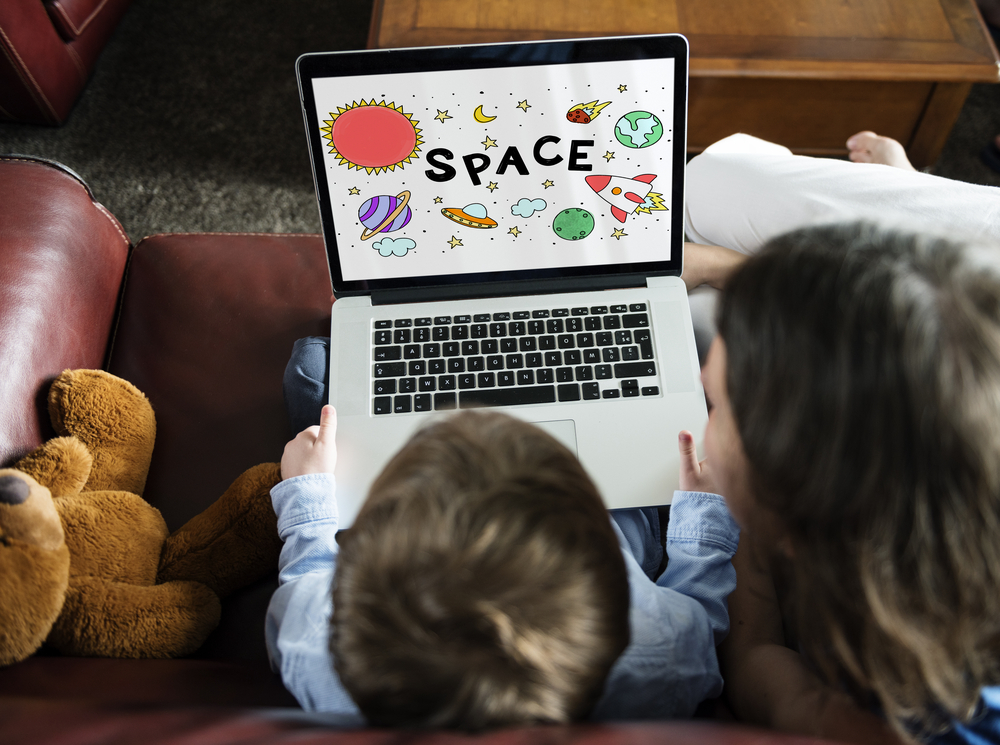Animal identification Normal Worksheets for Ages 6-7
13 filtered results
-
From - To
Explore the exciting world of animals with our Animal Identification Normal Worksheets designed for ages 6-7! These engaging and educational worksheets help young learners enhance their observational skills while identifying various animals. Each worksheet features vibrant images and fun activities that encourage curiosity and learning. Perfect for classrooms or at-home learning, these worksheets support critical thinking and reinforce key concepts in biology. Children will love discovering fascinating facts about different animals, their habitats, and characteristics. Start your child’s journey into the animal kingdom today with our expertly crafted learning resources!
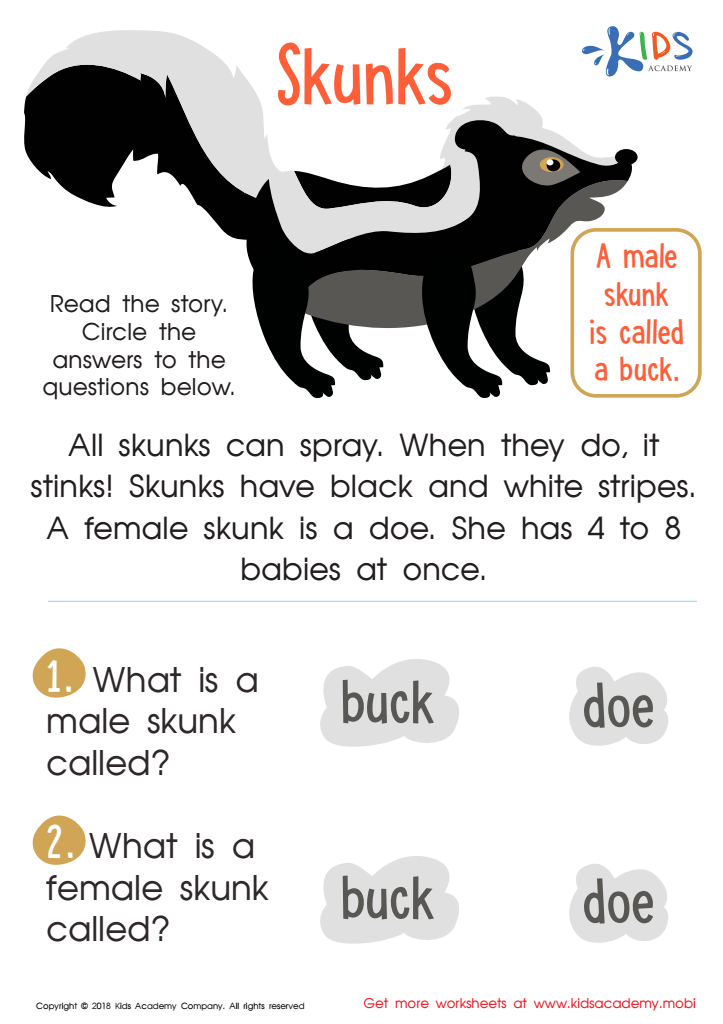

Skunks Worksheet
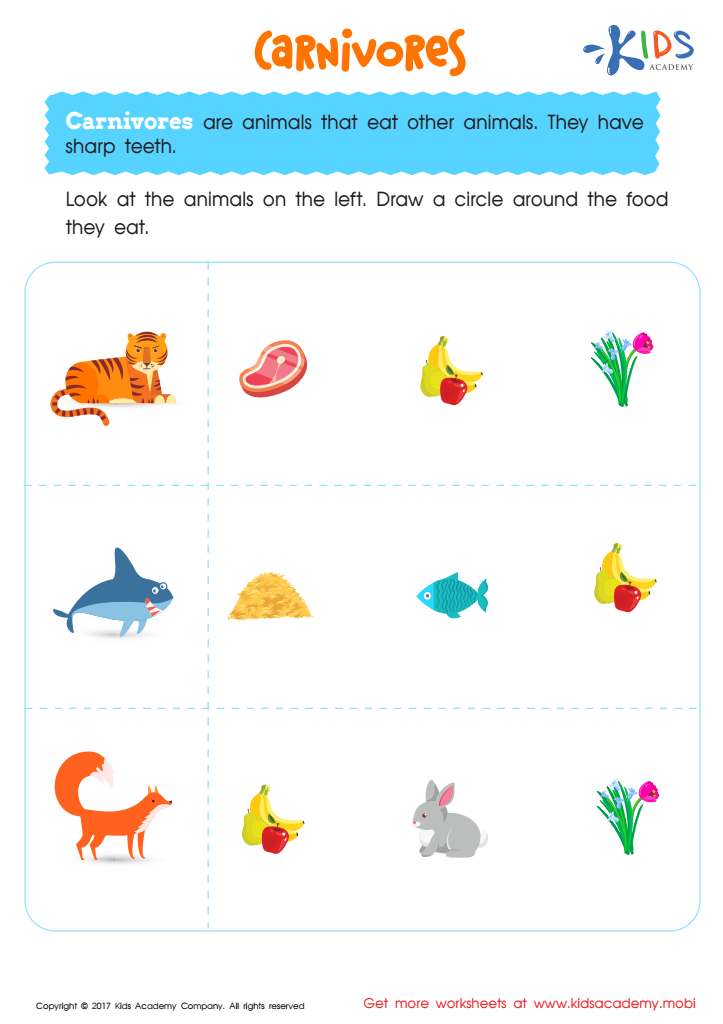

Carnivores Worksheet
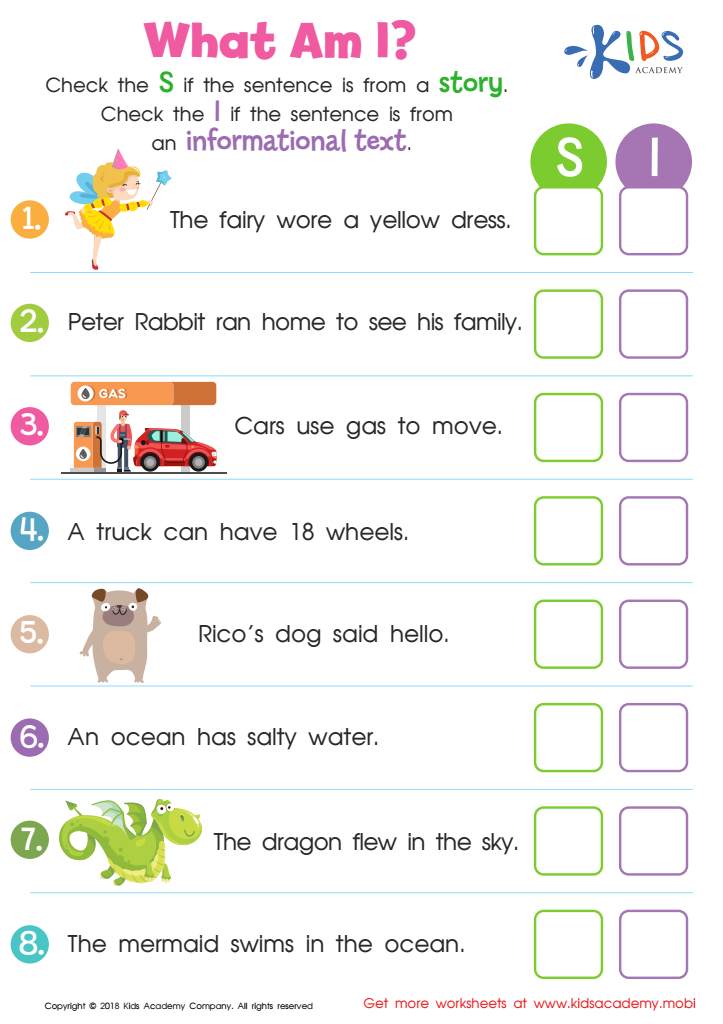

What Am I? Worksheet
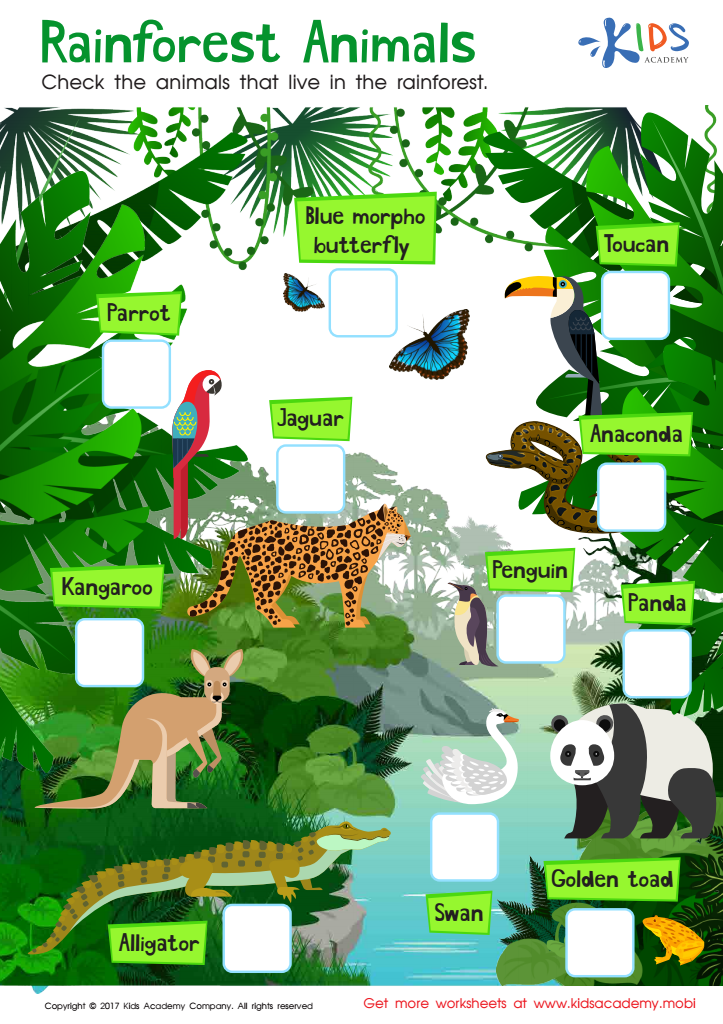

Rainforest Animals Worksheet
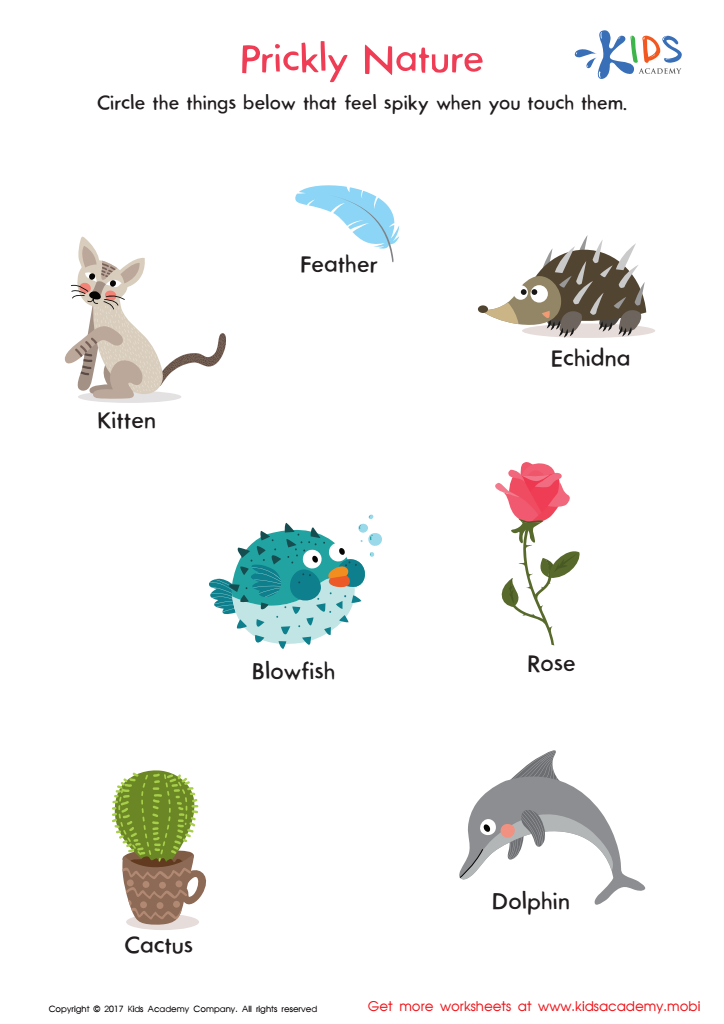

Prickly Nature Worksheet
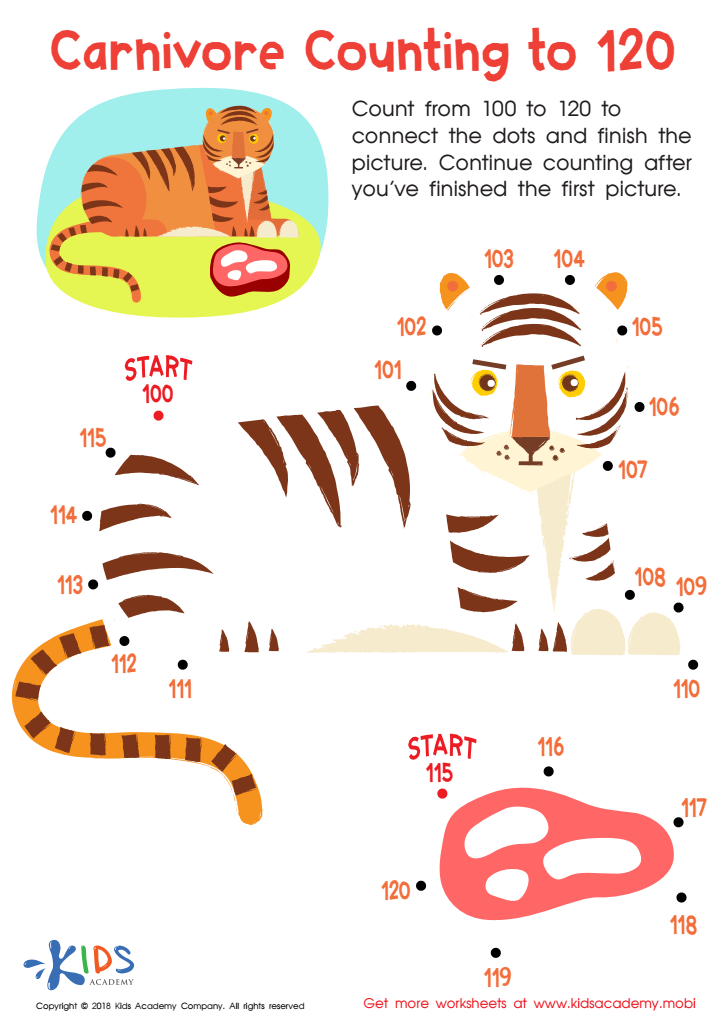

Carnivore Counting to 120 Worksheet
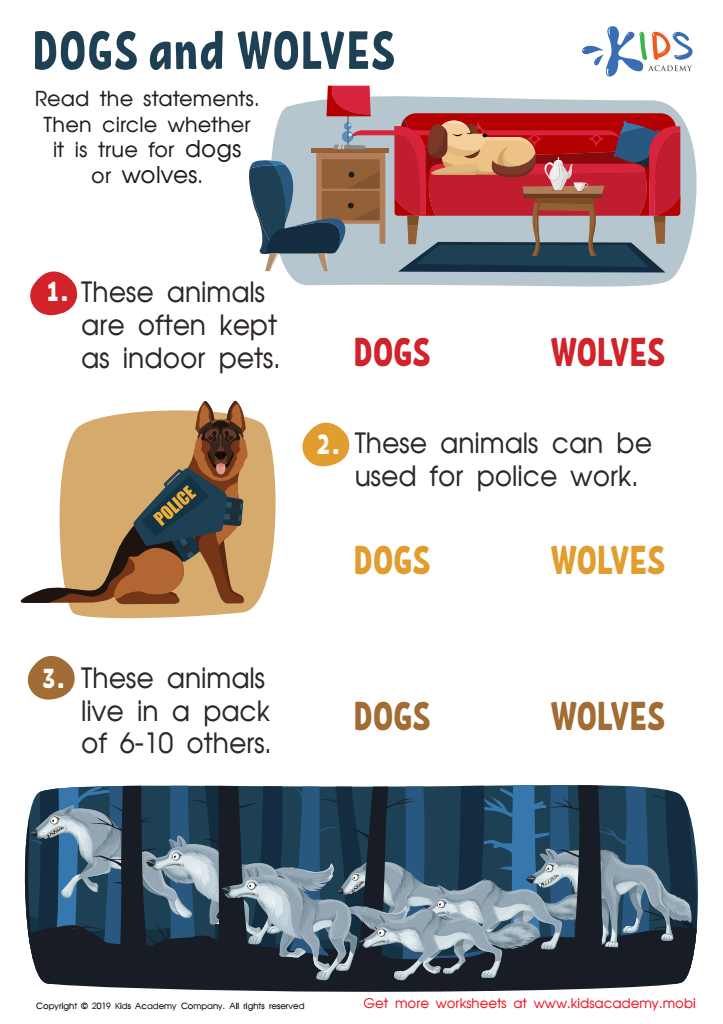

Dogs and Wolves Worksheet
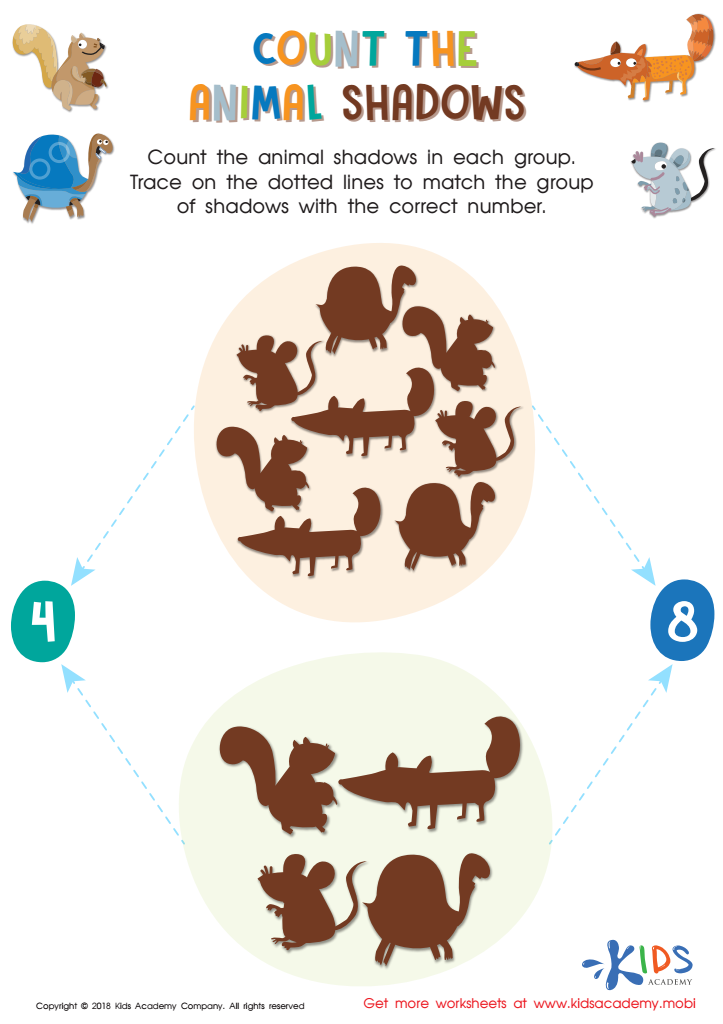

Count the Animal Shadows Worksheet
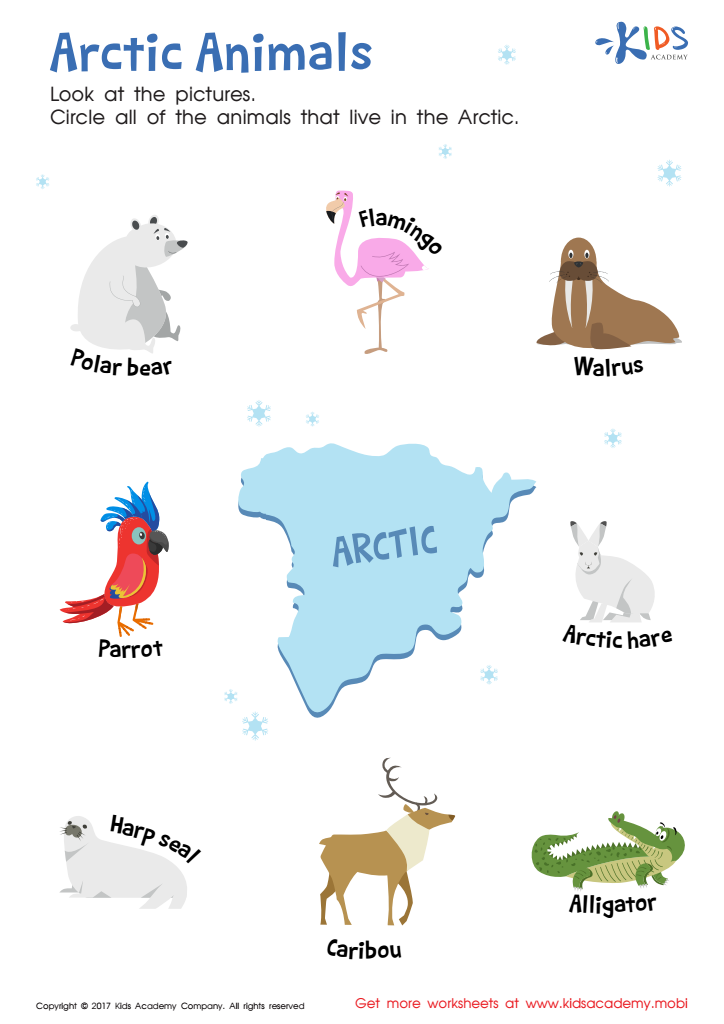

Arctic Animals Worksheet


Turkey Thanksgiving Day Worksheet


Great Hornbill Worksheet
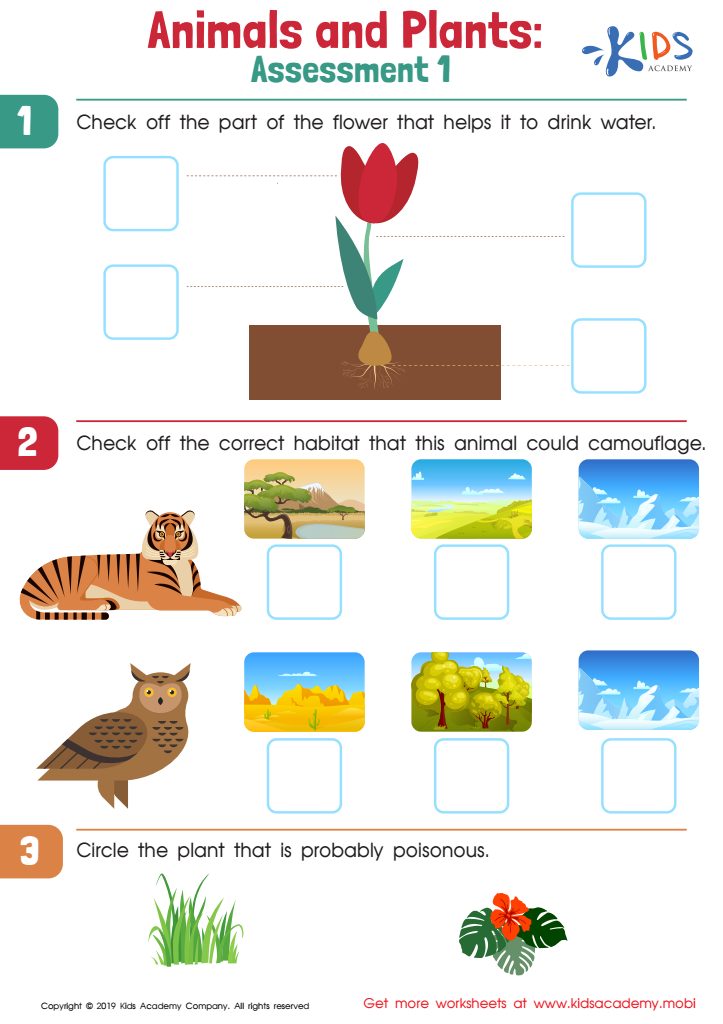

Animals and Plants: Assessment 1 Worksheet
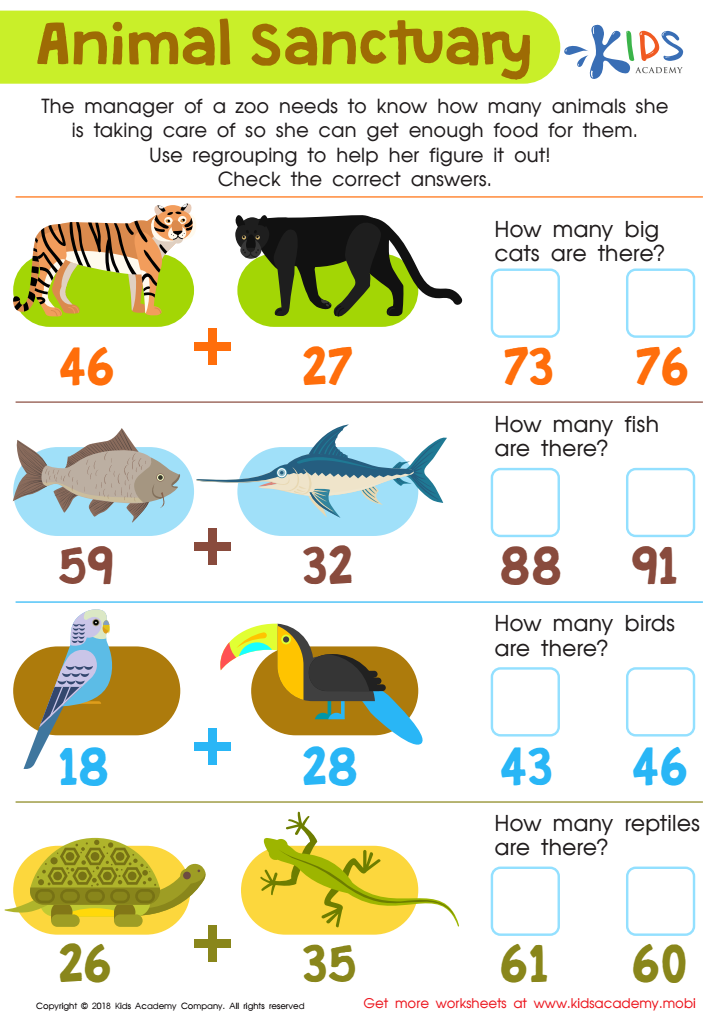

Animal Sanctuary Worksheet
Animal identification is an important skill for young children, especially those aged 6-7, as it contributes significantly to their cognitive and social development. First and foremost, learning to identify animals fosters curiosity and a love for nature, encouraging children to explore the world around them. This early exposure instills a sense of environmental stewardship and appreciation for biodiversity.
Moreover, identifying animals helps in enhancing vocabulary and language skills. As children learn the names of various animals and their characteristics, they expand their vocabulary and grasp of descriptive language, which is crucial at this developmental stage. This process also improves their observational skills, as they must pay attention to details such as size, color, and habitat.
Animal identification tasks also sharpen memory and cognitive abilities. Remembering and distinguishing between different animals exercises the brain and improves recall abilities, which are beneficial for overall academic performance. Additionally, it provides real-world contexts for learning about categorization, habitats, and life sciences, aligning well with early science education curricula.
Lastly, such activities can promote empathy and emotional development. Understanding that animals have diverse needs and behaviors can help children develop compassion and a sense of connectedness to other living beings, fostering more empathetic and responsible individuals.
In summary, integrating animal identification into early education engages children’s curiosity, reinforces academic skills, and nurtures emotional development, making it a valuable aspect of holistic learning.
 Assign to My Students
Assign to My Students



